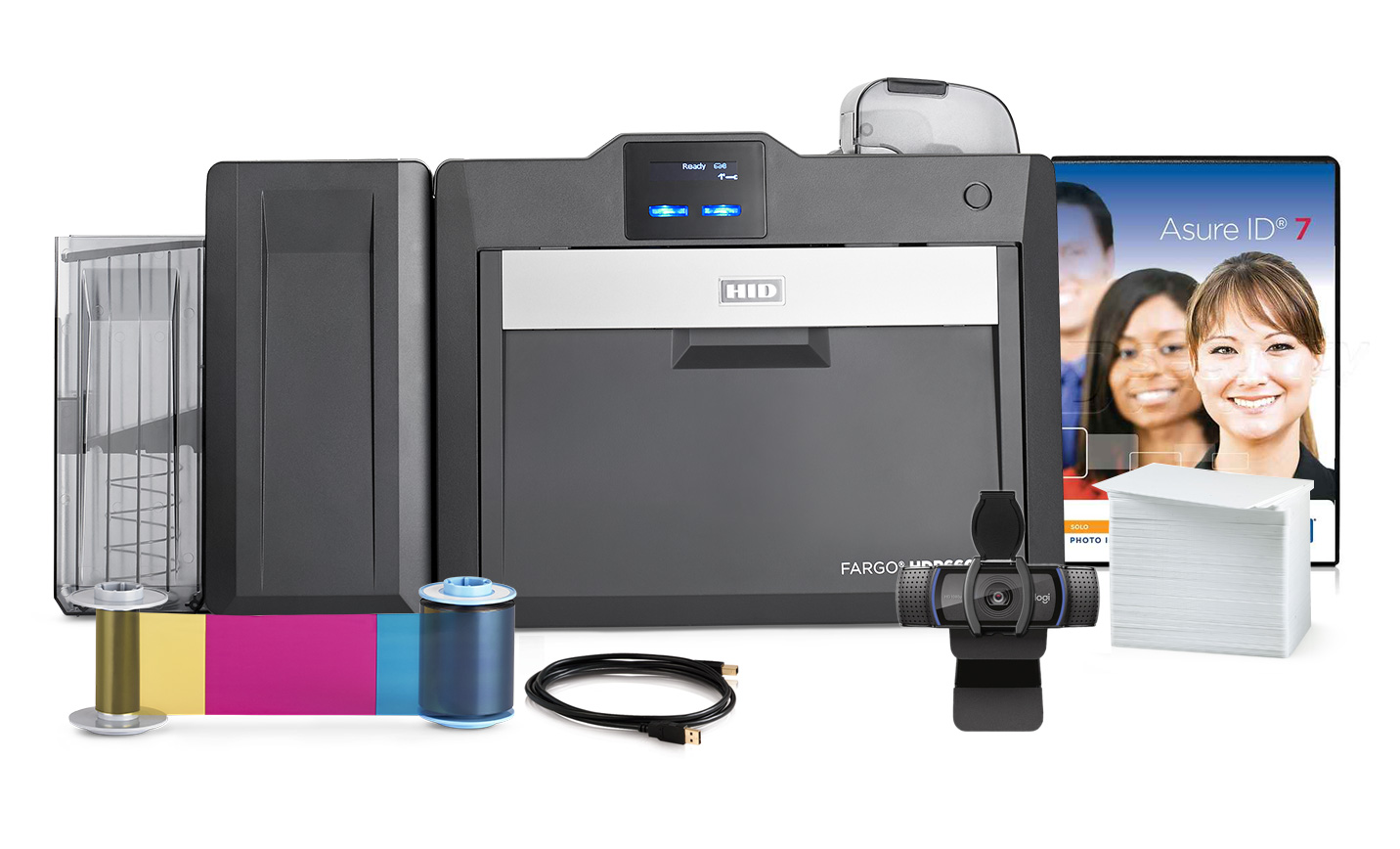
Earlier this year, federal agencies were ordered to adopt a zero-trust architecture strategy in keeping with the objectives of Executive Order 14028, which directed the government to modernize its approach to cybersecurity. The order recognizes that the growing risk of cyber threats, along with the increased complexity introduced by a hybrid workforce and the migration of critical business operations to the cloud, has rendered traditional security models dangerously out of date. Organizations needing to effectively protect their valuable data, secure their networks and applications, and meet requirements for key compliance standards need to follow suit in adopting zero trust as their framework.
What Is Zero Trust?
In the past, cybersecurity was based on the assumption that activity within an organization’s network should be implicitly trusted. This model, in use since the 1990s, was built around a centralized data center and secure network perimeter, and used approved IP addresses, ports, and protocols to establish access controls and validate trust. This assumption of trust meant that once on the network, users (including malicious insiders or threat actors) were free to move laterally, access sensitive data, and exfiltrate confidential information.
Zero trust, by contrast, starts from the principle that no user or application should ever be automatically trusted. Founded on the maxim “never trust, always verify,” zero trust applies security policy based on context (such as a user’s role and location, the device they’re using, and the data they’re requesting) established through “least privilege” access controls and strict user authentication. It assumes that any traffic could be potentially malicious, requiring validation before actions can be completed. When unusual behavior or lack of proper credentials raises a red flag, inappropriate access and lateral movement are automatically blocked.
To effectively apply zero trust principles, a corporation needs visibility and control over their users and traffic (including encrypted information), monitoring and verification of traffic between different parts of their digital environment, and advanced authentication to ensure that only authorized users can access sensitive information. When done correctly, however, zero trust architecture heightens levels of security while reducing security complexity.
In modern IT environments, cloud computing and remote use create tempting targets for cybercriminals seeking to ransom or steal personally identifiable information, intellectual property, financial information, and other business-critical data. Zero trust is among the most effective strategies for mitigating the likelihood of a successful breach and limiting the damage from cyberattacks in this environment, helping companies reduce business and organizational risk, gain access control over cloud environments, and demonstrate compliance with privacy standards and regulations such as PCI DSS and NIST 800-207.
The Need for Secure Authentication
Building a zero-trust architecture typically starts by identifying an organization’s most critical data, applications, and services and creating security policies that prioritize protecting those assets. Whatever the individual policy a company devises, however, the ability to securely verify the identity of authorized users is central to the effective implementation of any zero-trust strategy. ADVANTIDGE Inc. offers HID Global’s Crescendo family of authenticators to organizations needing advanced solutions for secure identities.
The wide range of Crescendo authenticators, including HID Crescendo 2300 smart cards and HID Crescendo Keys, support secure authentication via open standards such as PIV/PKI, FIDO, and OATH and offer organizations extensive options for additional features depending on their needs, including:
- Secure access to IT applications, networks, and systems
- Secure access to web and cloud applications
- Secure access to company premises with a converged corporate badge that also enables access to IT applications
- Protected communication with public key certificates, digitally signed and encrypted emails, and encrypted data at rest
- Digital signing of documents
- Secure printing that allows release of a sensitive document from the printer only when the user has been authenticated at the printer
As a partner of HID Global, leaders in physical and logical access control technology, ADVANTIDGE can provide the consulting, service, and support you need to smoothly implement the best authentication solution for your business.
When your organization is moving to adopt a zero-trust architecture, ADVANTIDGE can help. As identity solutions experts with decades of industry experience, we work with each client to find the right access control system for their needs and preferences. To learn more and understand how it fits in with your organization, request a consultation with our team to find out more about our advanced zero-trust authentication solutions, contact us here.


